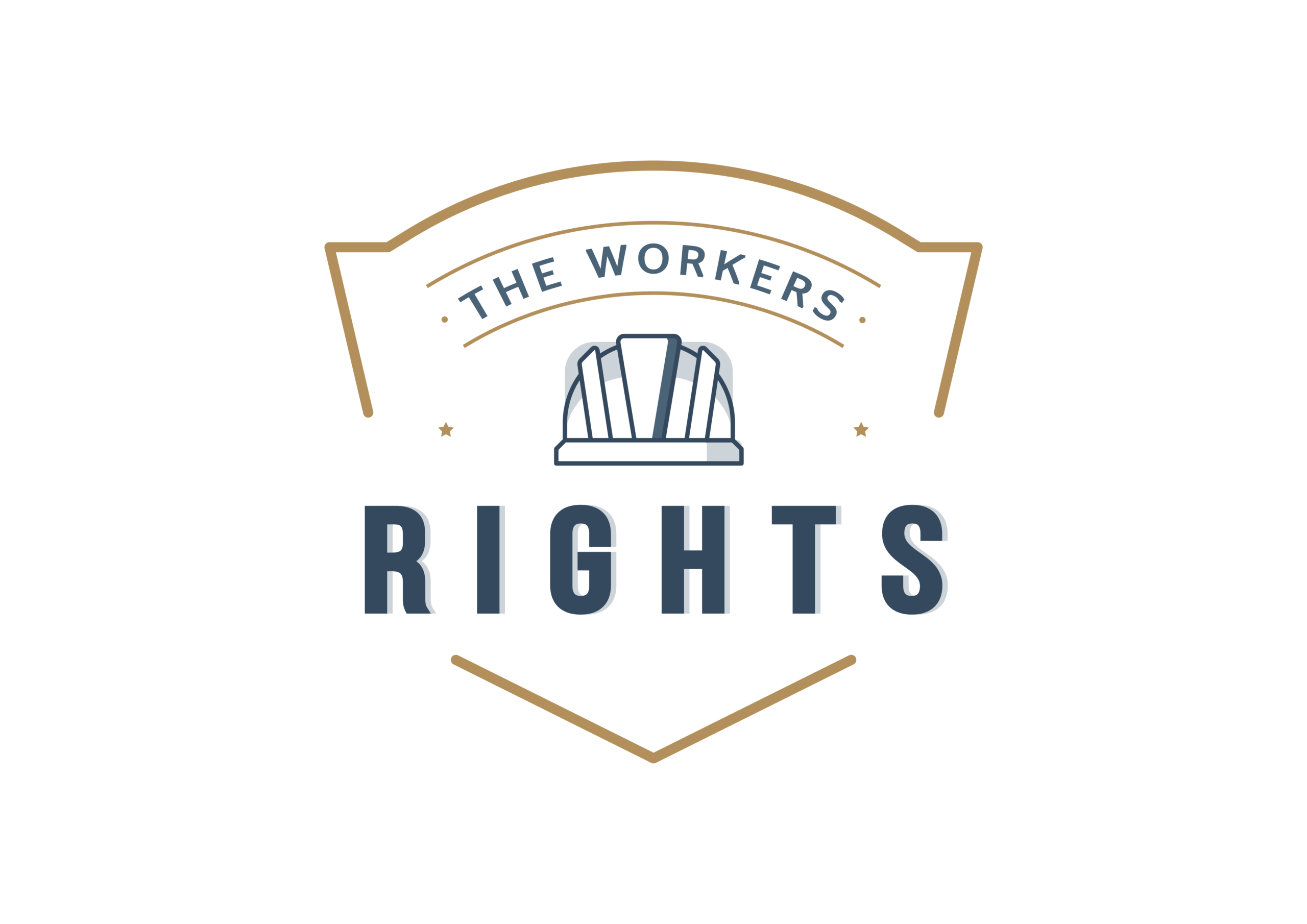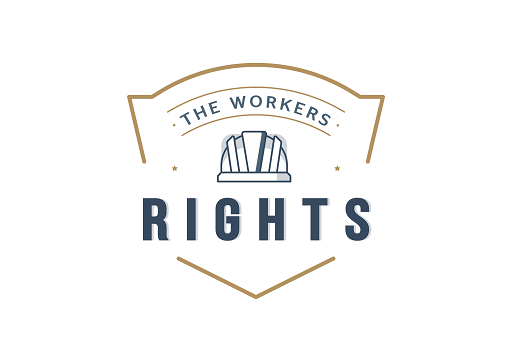
the non linear workdays changing the shape of productivity
Global – For decades, the workday usually meant that employees would show up to their office desks at 09:00, grab lunch at noon, and then finish work at 17:00 or 18:00, period. The pandemic has certainly changed the situation. Not only have workers been doing their jobs from remote locations for more than two years now, they have also changed exactly when their jobs are done.
This shake-up has spawned all sorts of new work patterns, including the “non-linear workday.” Employees in this order can do their jobs outside of the traditional rigid nine-to-five schedule, often at whatever time suits them. By working asynchronously, that is, at different times with colleagues, employees can complete tasks in flexible, focused periods scattered throughout the day. The idea is that employees can create work schedules around their personal lives rather than cramming life into fixed work hours.
In past decades, a non-linear working day was rare. Now, however, the massive adoption of hybrid and teleworking models, as well as increasingly flexible schedules, means that the non-linear workday is becoming more accessible to a broader segment of the workforce. In some cases, workers already practice them to this extent without even realizing it, such as choosing to do focused work late at night or move forward on projects early in the morning.
Keep Reading
Control how you spend your time
While non-linear workdays seem like the latest product of the pandemic workplace shake-up, it’s not exactly a new concept.
In fact, it’s a throwback to how people traditionally worked in pre-industrial times, when a typical work day lasted from dawn to dusk, alternating with regular breaks, meals, and sleep. However, as society became industrialized, the rigorous five-day, 40-hour workweek arose in factories, explains Aaron De Smet, senior partner at McKinsey & Company, a New Jersey, US consulting firm.
Looking to the long term
Even before the pandemic, many employees worked in non-linear ways, at least a little, completing tasks or sending emails outside of working hours or at their place of work. However, it was effectively unpaid overtime work in addition to labor-intensive commuting and nine-to-five office work.
It is hoped that if employers can introduce non-linear workday policies in a more formal way, it will balance the balance between asynchronous work and overwork. De Smet says this can help prevent burnout. “It’s finding the perfect fit in a new world of work where restrictions on when, where and how we do our work have been eased, partly thanks to technology, partly thanks to the new normals that have come about as a result of the pandemic,” he says.



















